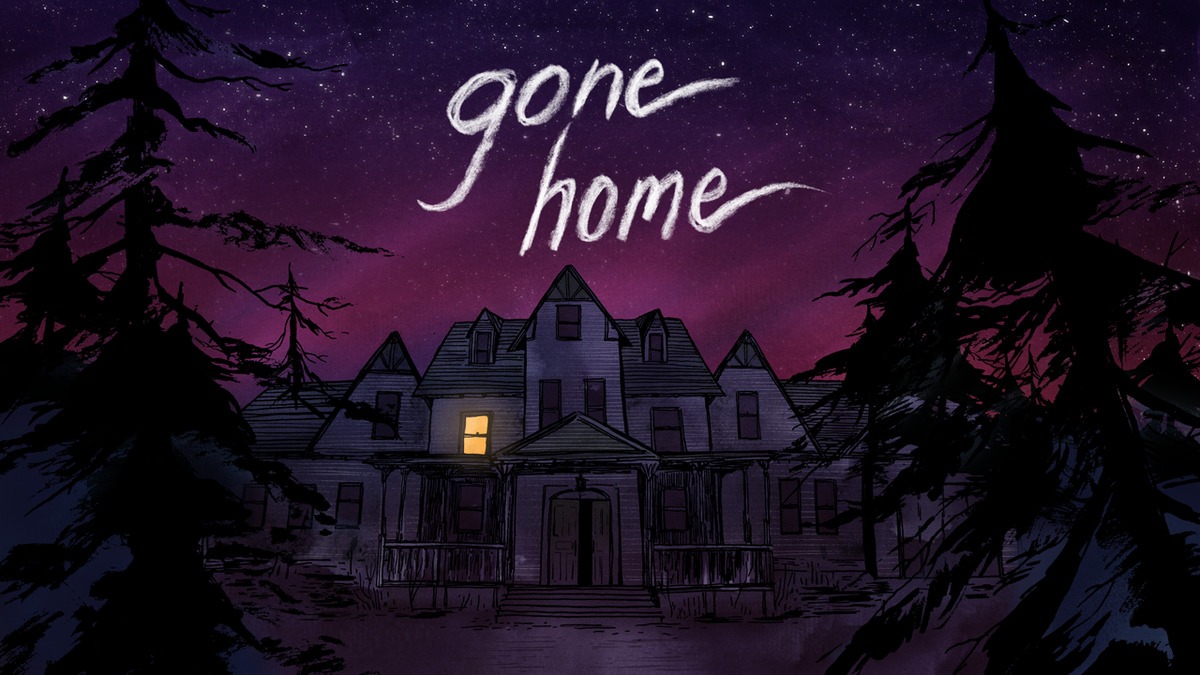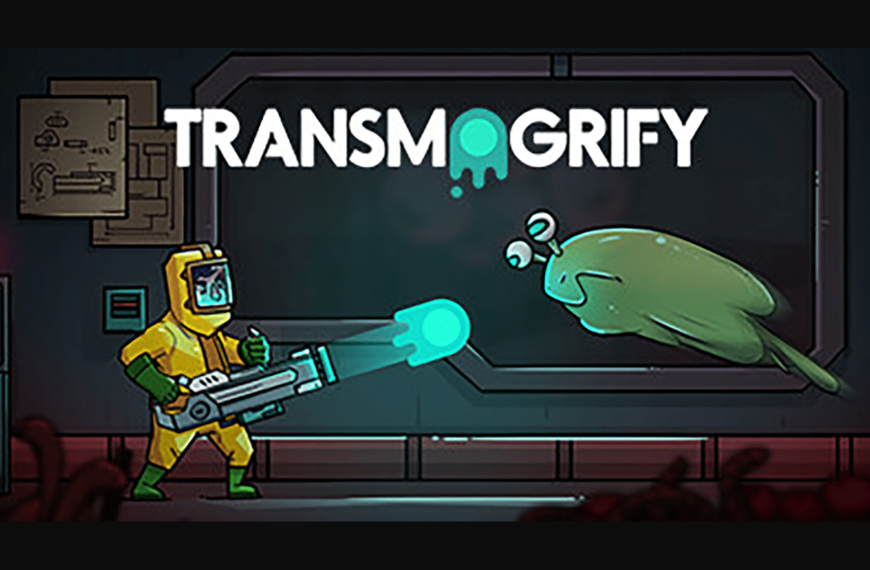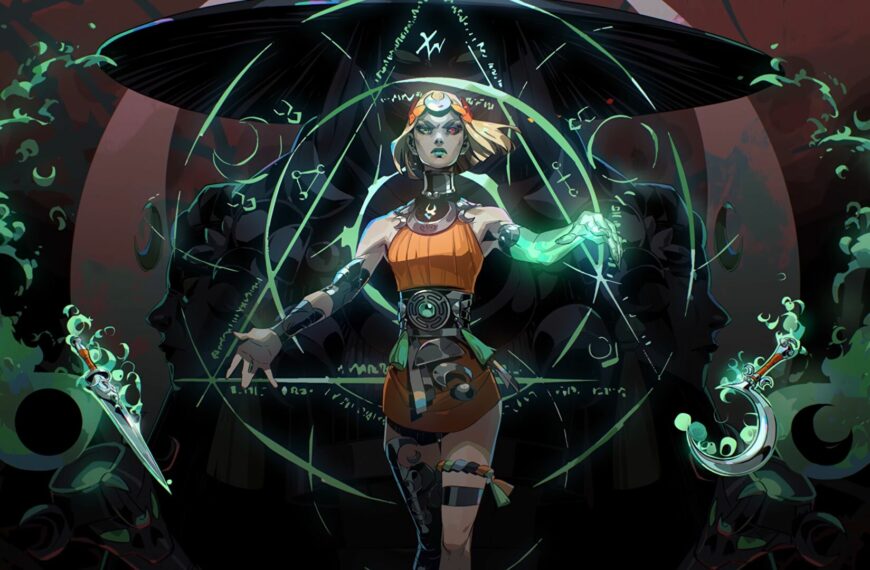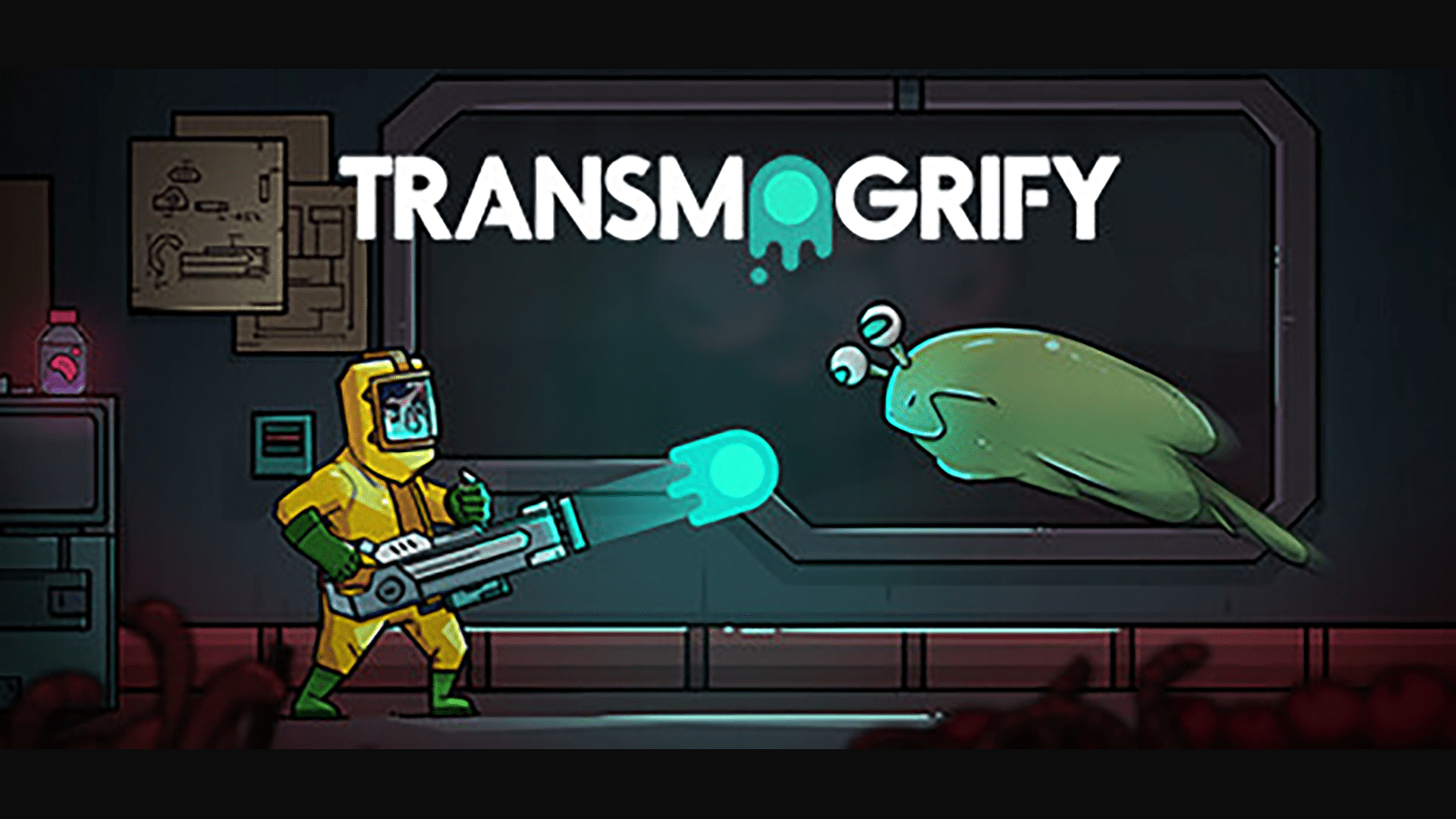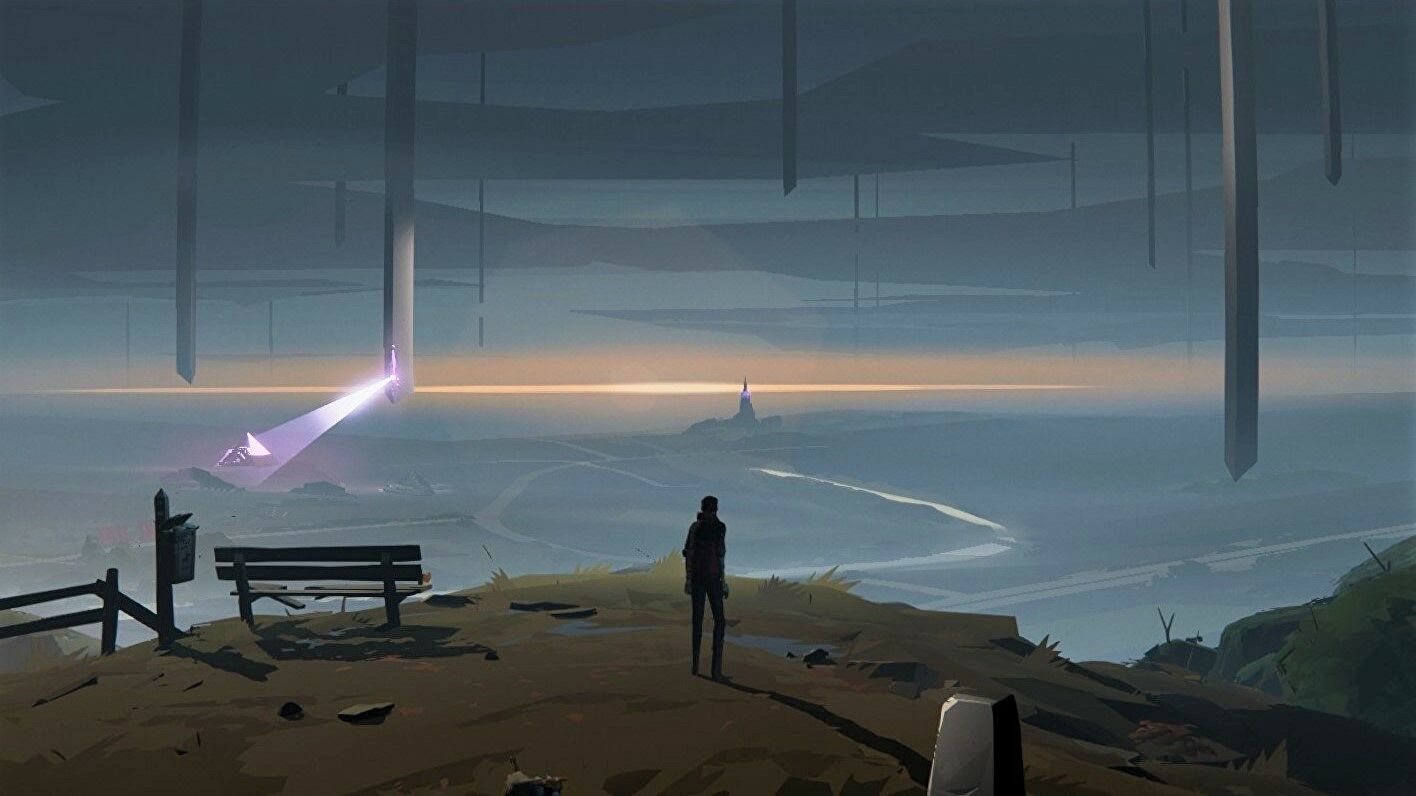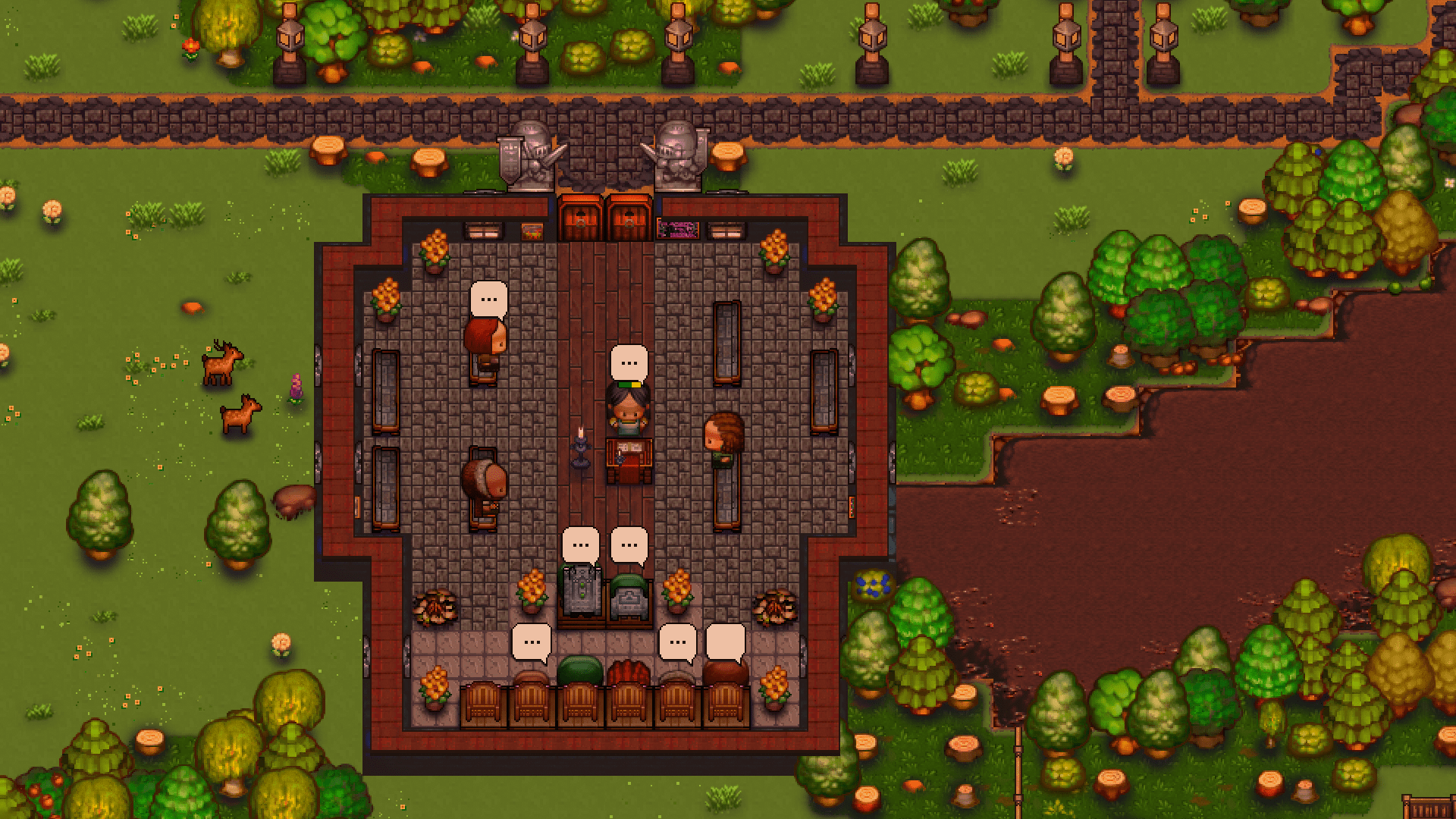Usually when I sit down to play a game I’m going to review, I have my notes app open, ready to type away anything and everything I think of. It helps me word it in the moment, and it’s useful to remind me of story beats or key moments in the game. But when I went to open my ‘Gone Home’ note, it was entirely blank. I realised in that moment that after titling the note so it was ready, the game’s very first opening scene was enough for me to forget all about the phone sitting there. It’s safe to say that from the start screen to the end credits I was hooked.
Gone Home is a well-known short indie narrative game developed and published by The Fullbright Company. It’s an exploratory building-confined game set in 1995. You play as Katie Greenbriar, a 21-year-old who’s been travelling abroad and has just returned to her new family home.
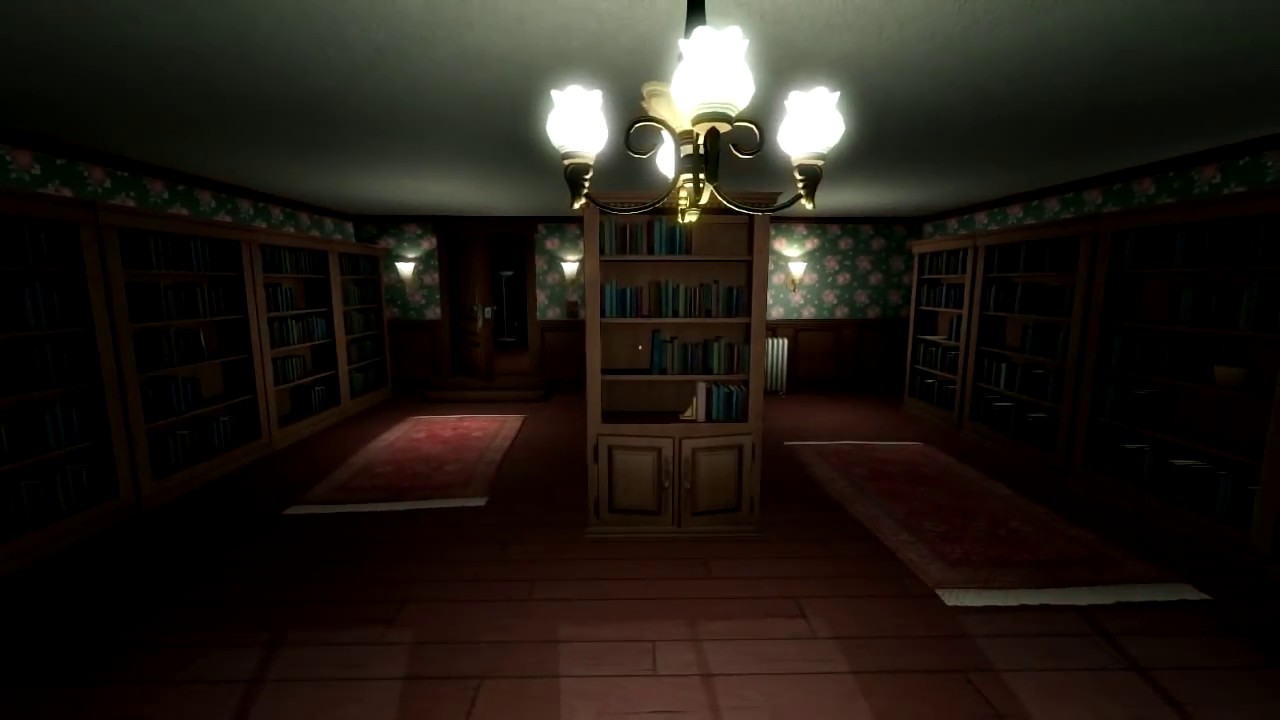
The game begins with the sound of Katie leaving her family a voice message, and when the gameplay starts, Katie is greeted by an empty house and her own voice message left on the home phone, unheard. It throws you into an immediate sense of ‘uh oh’, for use of a better phrase. It’s storming outside, Chris Remo’s tense OST is playing in your headphones, and the house looks mostly abandoned because the family have only just moved in. If that’s not enough to convince you you’ve accidentally picked up a horror game, Katie’s younger sister, Samantha, leaves a note on the front door that explains how sorry she is she can’t be there to see you, begs you not to poke around the house to try and find out where she’s gone, and ends with an eerie “we’ll see each other someday”. Unfortunately for Samantha, the entire point of the game is to find out where she went. The game does an excellent job of keeping you on the edge of your seat. Although it’s far from a horror game, it’s game design has some very similar aspects, with shadows looking like someone or something else, tight corners that have you wincing at the thought of what’s around them, and to top it all off, a shady backstory.
The way you progress is carefully crafted in a way that makes it feel hugely expensive, with twists and turns all around. As you work your way through each of the rooms, you can interact with lots of objects, cupboards, light switches, and all sorts, some of which will trigger an excerpt of Samantha’s journal to sound. The majority of these object interactions don’t actually offer anything explicit when it comes to the story, but they do a great job at creating a wider narrative. There are movie posters, ticket stubs, scrunched up notes in the bins, and all kinds of items that really pull the whole story together. These are things you might miss, so it’s a game that makes you work for the story. This can be good or bad depending on who you ask, but the very act of having to investigate really does suit the tone very well so it’s hard to argue against in my opinion.
Also Read
Transmogrify PC Review: The Best Way To Defeat An Enemy
A video game protagonist wakes up in an on-fire science lab with nothing but an AI and a high-tech gun to…
Defy the Gods as a Witchy Moon Goddess in Hades 2
Greek-mythology-themed roguelike Hades is getting a sequel, but developer Supergiant has kept the details scant beyond a Hades 2 reveal trailer…
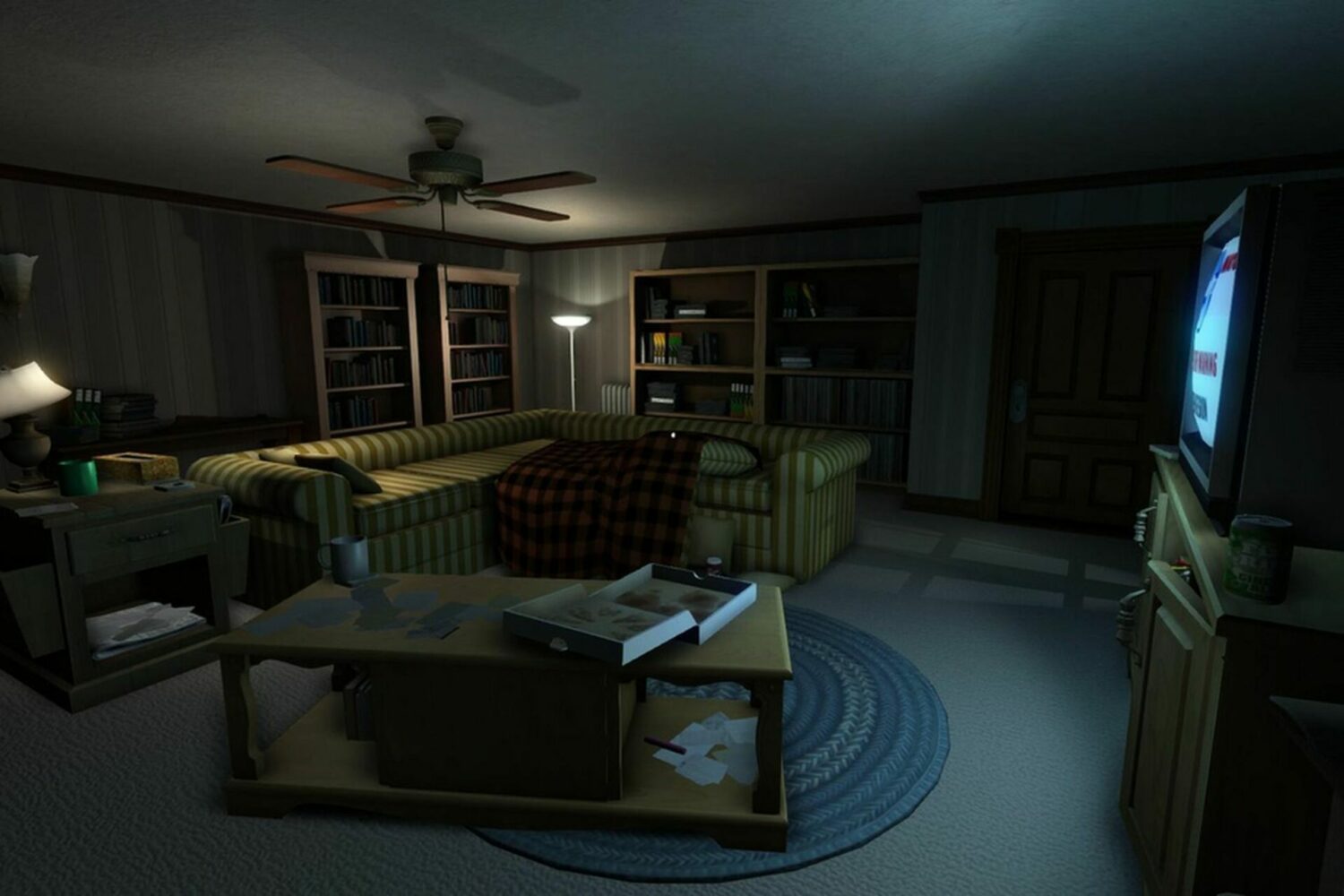
By walking through the house, and taking your time, you are able to learn about each of your family members, both their stories as individuals and as a whole. You find out that Katie’s dad is a failed writer who now works in electronics, her mum is a conservationist who’s just had a big promotion, and her sister is, well, her sister is going through a lot. Samantha has really struggled with moving to a new area. Quite early on in the game, she talks about how she mentioned the house in her class in school, and everyone called it the “psycho house”, which offers a nice side-story for the plot of the game, which is quite hard to write for a game that’s only a few hours long. You then discover that your parents are actually away for the weekend, they’ve booked a trip for their wedding anniversary weekend, but upon further investigation, you find a leaflet for couple’s therapy, something that can easily go unnoticed, but changes the way you see the game and its character. This is a super interesting design choice, and we see something similar being used in another one of Fulbright’s games, Firewatch. In terms of the story, this leaflet does an excellent job of foreshadowing that if you don’t pay enough attention, things will go unnoticed and unsaid.
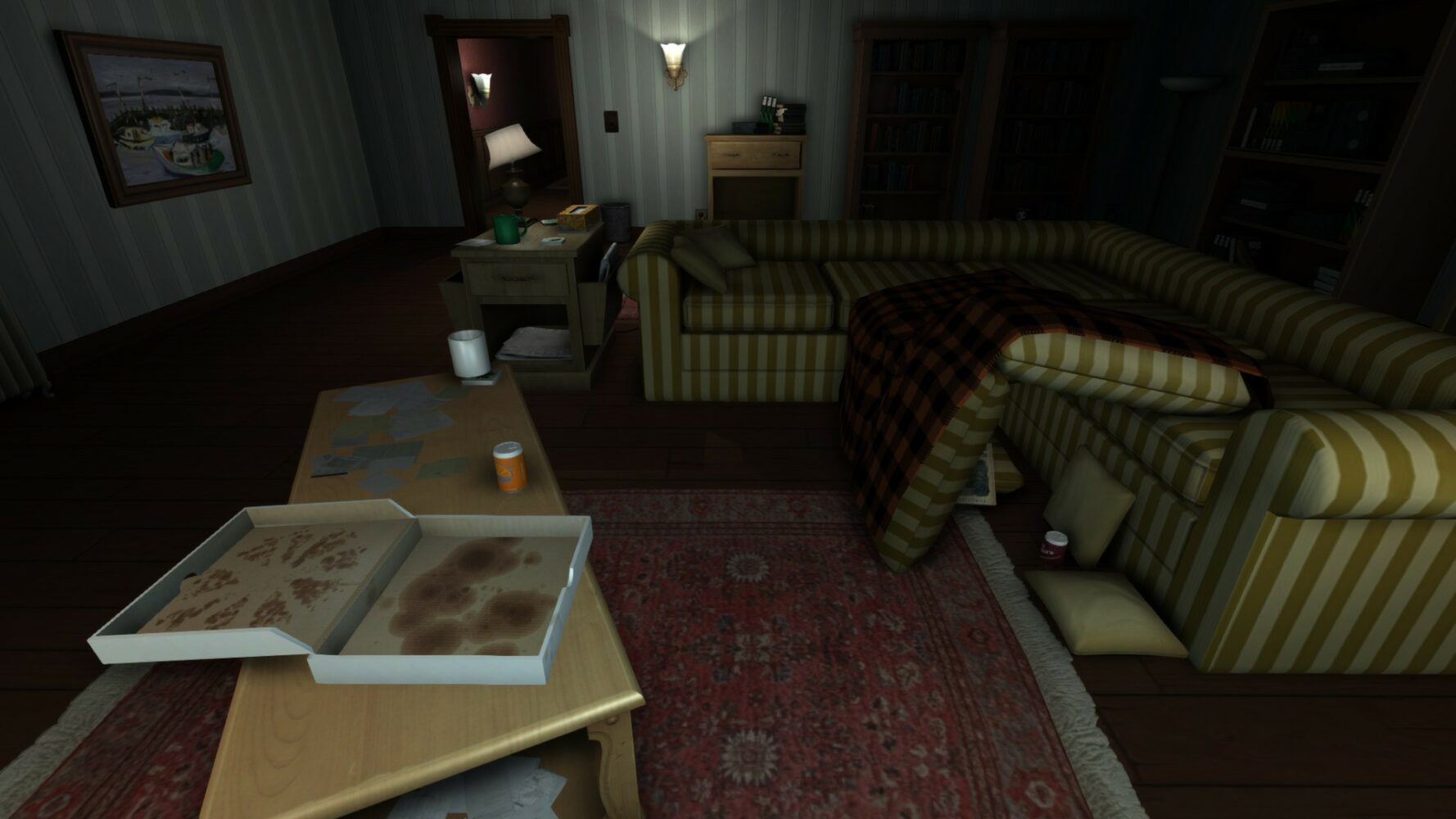
In terms of Samantha’s story, you uncover the fact that your parents didn’t approve of her friendship with a girl called Lonnie. The two begin trying to contact the dead as they think there is a ghost in the house. This subplot is a great addition to the fearmongering aspect of the game, it not a little short-lived, with the fear of a possible supernatural entity fizzling away as you become more invested in Lonnie and Samantha’s story than anything else. You do come across a pentagon and some ritualistic items, but by this point in the story they will have mostly lost their creepiness, and you’ll be able to view them as what they are- what’s left over when two teenage girls think it might be fun to try and contact the dead. You later discover that Lonnie and Samantha had fallen in love, but Katie and Samantha’s parents are quite strict Christians, and unfortunately very uninformed about the question of religion and sexuality. Samantha is understandably keen to leave the household where she can be who she is and loved for who she is, regardless of her sexuality. Lonnie had planned to go into the army, leaving Samantha distraught, but at the last second, Lonnie decides she can’t bear the thought of them not being together, and the game ends as you make it into the attic, or Samantha’s “red room” for her photography, and read her final journey entry, where she talks about how she can be with Lonnie now.
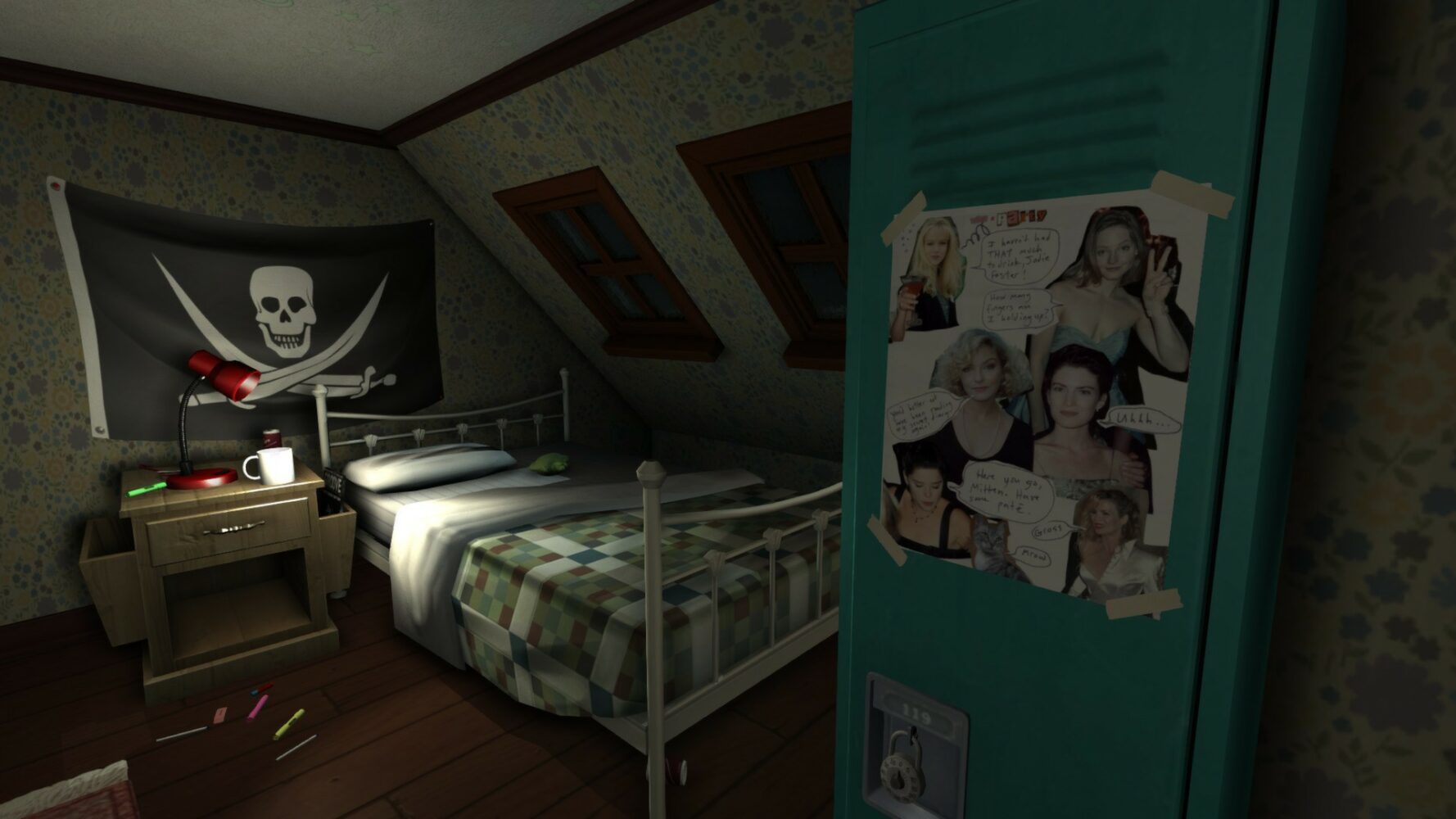
Although it’s unlikely that, realistically, someone would leave their journal lying around like this, it’s outweighed by the fact that this ending is a deeply saddening reveal, one that is much more hard-hitting and frankly much more frightening than a ghost or murder, or something equally sinister. The game takes it’s time making your brain run wild with possible theories of what could have happened, and then you’re hit with the reality of it all.
Our Rating
Gameplay
Art & Graphics
Story

